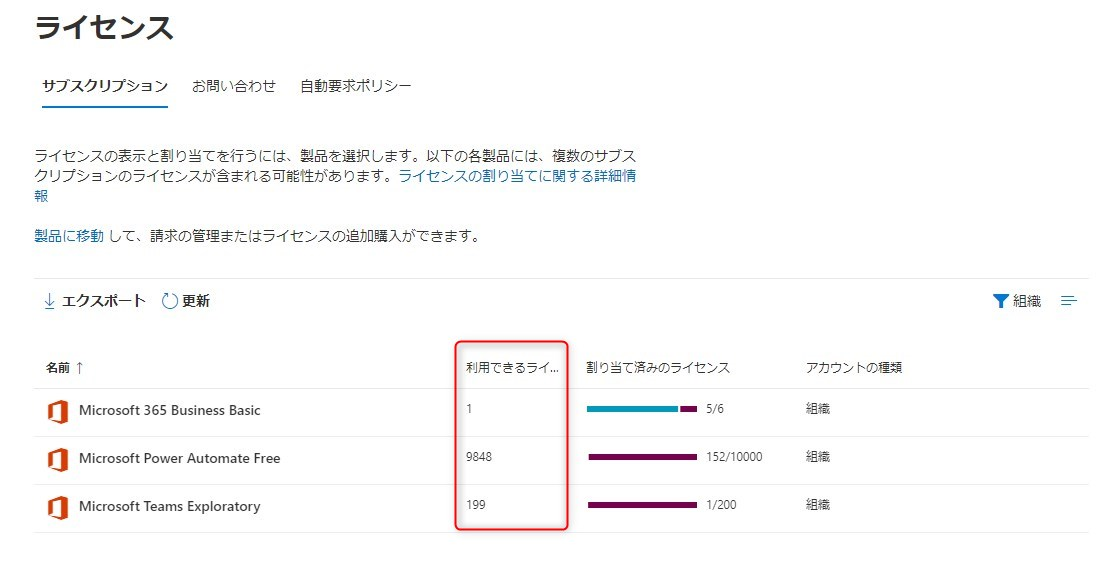While not directly exposed, you can calculate this from the information exposed as part of the https://graph.microsoft.com/v1.0/subscribedSkus query. The prepaidUnits will give you the total number of seats available for a given SKU, whereas the consumedUnits gives you the currently assigned ones. Substract the numbers to get the number of unassigned seats.
GET https://graph.microsoft.com/v1.0/subscribedSkus
{
"capabilityStatus": "Enabled",
"consumedUnits": 5,
"skuId": "87bbbc60-4754-4998-8c88-227dca264858",
"skuPartNumber": "POWERAPPS_INDIVIDUAL_USER",
"appliesTo": "User",
"prepaidUnits": {
"enabled": 10000,
"suspended": 0,
"warning": 0
}


